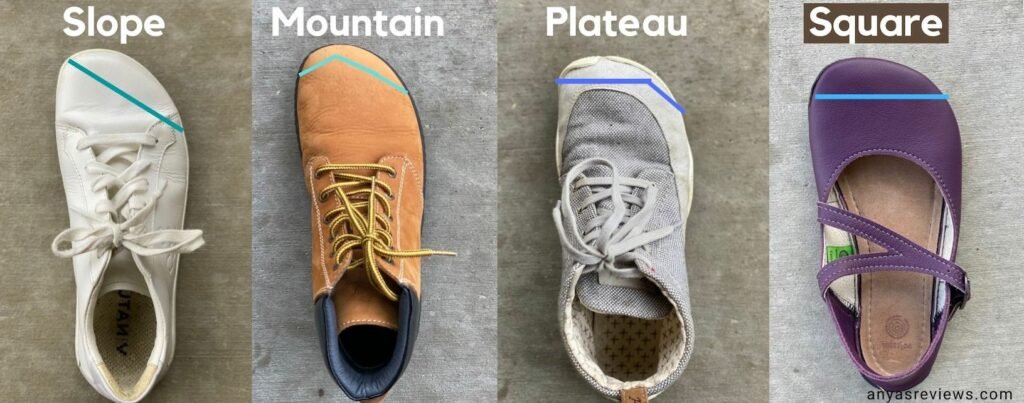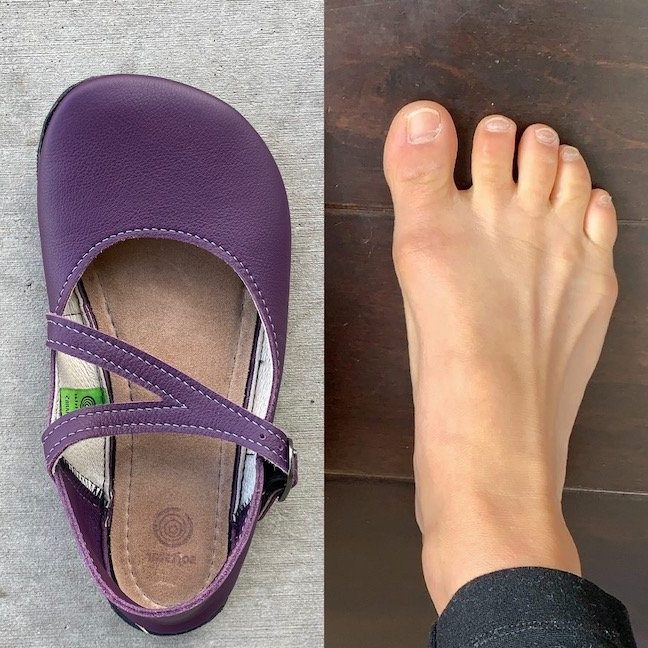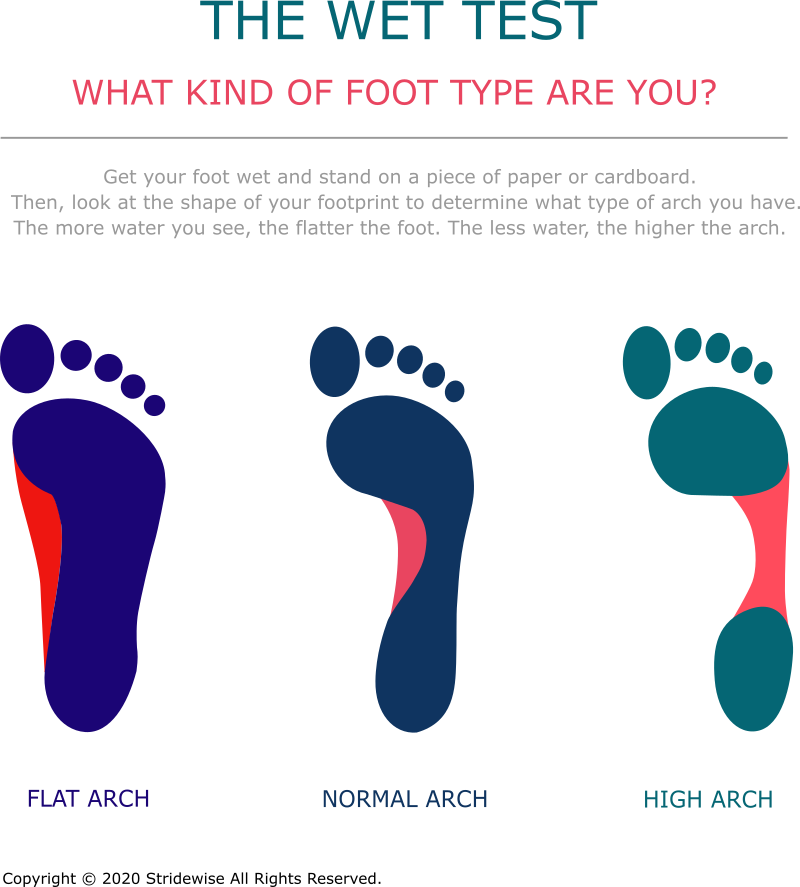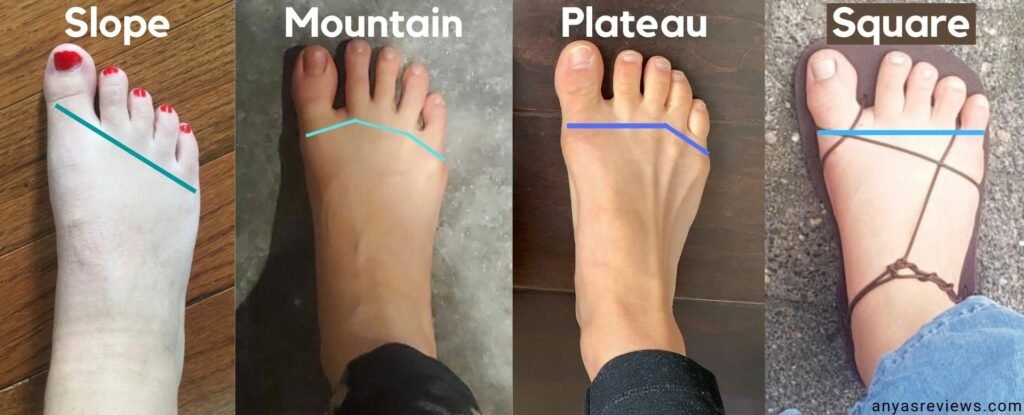Understanding your foot shape is crucial for selecting the right footwear. Ill-fitting shoes can lead to discomfort, pain, and even long-term issues. In this comprehensive guide, we delve into the different foot shapes, the types of shoes best suited for each shape, and real-world experiences to help you make informed footwear choices.
Why Foot Shape Matters
The human foot is a complex structure composed of bones, joints, and soft tissues. It comes in various shapes, which can significantly influence the fit of shoes. Over 75% of people wear shoes that don’t fit properly, leading to issues such as bunions, hammertoes, and plantar fasciitis (source: NCBI). By understanding your foot shape, you can choose shoes that provide the proper support and comfort.
Identifying Foot Shapes
There are several common foot shapes that people typically have. Here’s a breakdown of the most prevalent variations:
1. Flat Feet
Flat feet, or fallen arches, occur when the arch of the foot is lowered, touching the ground when standing. This condition can lead to overpronation, which can cause pain in the knees and lower back.
Recommended Shoe Types for Flat Feet
- Stability shoes: Provide arch support to prevent overpronation.
- Motion control shoes: Offer maximum support for severe flat feet.
- Orthotics: Custom insoles can help with arch support and alleviate discomfort.
2. High Arches
Those with high arches have a significant curvature in the middle of their feet, leading to underpronation. This foot shape can cause tension in the feet and increase the risk of stress fractures.
Recommended Shoe Types for High Arches
- Cushioning shoes: Provide ample padding to absorb shock.
- Neutral shoes: Offer breathability and flexibility, suitable for high-arched feet.
- Custom orthotics: To enhance comfort and support the arch.

3. Wide Feet
Wide feet can lead to discomfort in traditional narrow shoes. They often require a larger toe-box to accommodate the width, reducing pressure on the outer foot.
Recommended Shoe Types for Wide Feet
- Wide-fit shoes: Specifically designed to provide extra room.
- Adjustable straps: Allow for a customized fit, ideal for wide feet.
- Breathable materials: Help in accommodating swelling and improving comfort.

4. Narrow Feet
Narrow feet need shoes that offer a snug fit to prevent slipping and blisters. People with narrow feet often struggle with finding shoes that fit properly.
Recommended Shoe Types for Narrow Feet
- Narrow-fit shoes: Designed specifically for a tighter fit.
- Adjustable laces: Allow for a more secure fit.
- Supportive insoles: To provide additional comfort and prevent slipping.

Foot Shape Comparison Table
| Foot Shape | Characteristics | Recommended Shoe Types |
|---|---|---|
| Flat Feet | Low arch, prone to overpronation | Stability shoes, motion control shoes, orthotics |
| High Arches | High arch, under-pronating | Cushioning shoes, neutral shoes, custom orthotics |
| Wide Feet | Wider than average, requires room in the toe-box | Wide-fit shoes, adjustable straps, breathable materials |
| Narrow Feet | Narrower than average, requires a snug fit | Narrow-fit shoes, adjustable laces, supportive insoles |
Real-World Footwear Experiences
Footwear experiences vary significantly depending on foot shape. For instance, Sarah, a runner with flat feet, found that switching from neutral shoes to a pair of stability shoes significantly reduced her knee pain during runs. On the other hand, Jonathan, who has high arches, explored multiple brands of cushioning shoes before settling on a model that provided the perfect balance of support and comfort.

Product Highlights & Recommendations
Best Shoes for Flat Feet
One popular choice is the Brooks Adrenaline GTS series, renowned for its supportive features. The shoes have ample cushioning and stability, making them a favorite for those with flat feet.
Best Shoes for High Arches
The ASICS Gel-Kayano series is often recommended for high arches, offering versatile cushioning and support while remaining lightweight, perfect for both running and casual wear.

Best Shoes for Wide Feet
New Balance offers a variety of shoes in wide fits. Models such as the New Balance 990 provide excellent comfort and classic styling for wide-footed individuals.
Best Shoes for Narrow Feet
For those with narrow feet, consider the Nike Free series, which is known for its adjustable fit and snug design, ensuring that the shoe stays secure during wear.

Pros and Cons of Each Shoe Type
Flat Feet
Pros: Improved stability, reduced pain and discomfort.
Cons: May feel bulky for some users.
High Arches
Pros: Excellent shock absorption, reduced risk of injury.
Cons: Limited options in some styles.

Wide Feet
Pros: Enhanced comfort and reduced pressure on the toes.
Cons: Fewer fashionable options available.
Narrow Feet
Pros: Better fit leading to fewer blisters.
Cons: Harder to find shoes in stores.

Frequently Asked Questions (FAQs)
1. How do I determine my foot shape?
You can determine your foot shape by standing on a piece of paper to trace your foot outline. This will help you visualize your arch type and width.
2. Are there specific brands known for catering to certain foot shapes?
Yes, brands like New Balance and Brooks are known for their wide range of options catering to various foot shapes.
3. Can wearing the wrong shoes cause long-term issues?
Absolutely. Wearing the wrong shoes can lead to conditions like plantar fasciitis, bunions, and even knee pain.
4. How often should I replace my shoes?
Generally, shoes should be replaced every 300-500 miles for running shoes, while casual shoes may last longer based on wear and tear.
5. Are custom orthotics worth the investment?
Yes, for those with specific foot issues, custom orthotics can provide relief and promote better alignment.
6. How important is arch support in shoes?
Arch support is crucial as it helps distribute body weight and provides stability, reducing the risk of injury.
7. What are the signs that I need new shoes?
Signs include excessive wear on the soles, discomfort while walking, and visible damage to the shoe structure.
8. Can shoe fit change over time?
Yes, factors such as weight gain, pregnancy, and aging can change the shape of your feet, necessitating a reevaluation of shoe sizes.
9. Is it better to shop for shoes online or in-store?
Shopping in-store allows you to try on shoes for fit and comfort, but online shopping can offer a wider selection. Consider trying on in-store and purchasing online.
10. Can foot exercises help with foot shape issues?
Yes, foot exercises can strengthen the muscles of the foot and help alleviate some issues associated with various foot shapes.
11. What role does foot care play in overall foot health?
Proper foot care, including hygiene, moisturizer application, and nail care, plays a vital role in preventing issues and maintaining comfort.
Conclusion
Understanding your foot shape is essential for finding the right footwear that not only fits well but also supports your lifestyle. With the right knowledge, you can avoid discomfort and ensure that your shoes work with your body rather than against it. As always, prioritize comfort and support to maintain healthy feet.